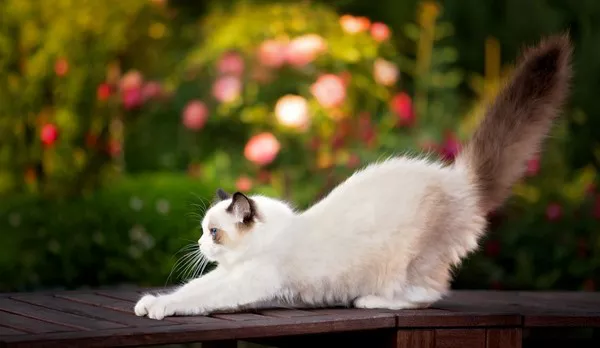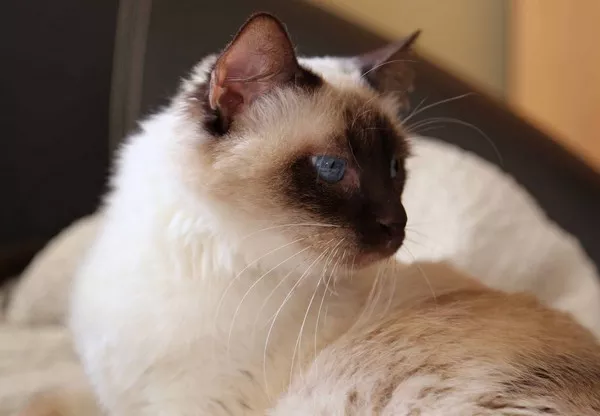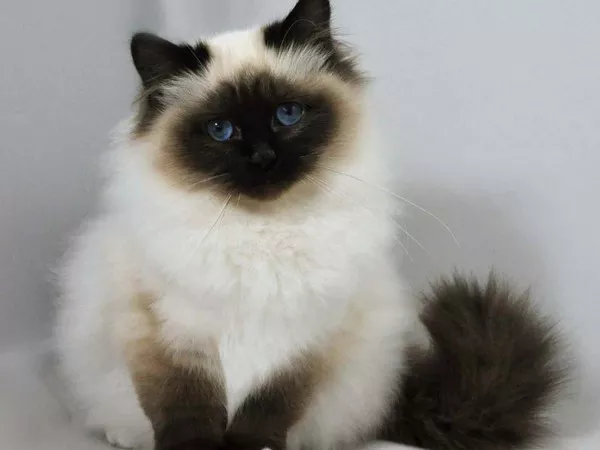For feline aficionados, the perennial concern revolves around the safety of their beloved pets when it comes to houseplants. The vivid allure of calathea plants often triggers apprehension among cat owners, as they ponder whether the vibrant colors that adorn these plants may signify danger. In this exploration, we delve into the realm of the popular calathea houseplant to answer the question: Are calatheas toxic to cats?
Calathea plants, renowned for their aesthetic appeal and ease of maintenance, have established themselves as favored indoor greenery. With their striking, wide, bright green leaves, accentuated by purple undersides, they grace homes with natural elegance. Among the 60-plus species, some calatheas even boast intricate patterns in hues of pink, white, orange, or red on their leaves, which gracefully fold up during the night.
So, Are Calatheas Toxic for Cats?
Fortunately, calatheas stand as a non-toxic haven for your feline companions, making them an ideal choice for indoor greenery. Cats can nibble on any part of these plants without encountering harmful consequences. In most cases, calathea plants fail to pique the interest of kittens or fully grown cats, further solidifying their suitability as indoor houseplants. Even if your feline friend decides to sample a leaf or two, there is usually no cause for concern, unless they indulge excessively.
Generally speaking, calathea plants should not pose any issues for your cat. However, some cats may lack restraint when it comes to their botanical culinary adventures and may overindulge by munching on the leaves, stems, or other plant parts. In such cases, excessive consumption may lead to what is commonly referred to as “calathea poisoning.” This condition may manifest as a lack of appetite, occasional regurgitation of plant fragments, and overall malaise in the affected feline.
If you observe these signs in your cat, it is advisable to promptly contact your veterinarian for guidance and assistance.
Preventing Calathea Poisoning
While calathea plants are generally cat-friendly, precaution is warranted to prevent potential overindulgence-related issues. To safeguard your curious kitties, consider placing your calathea plants out of their reach. Elevated shelves, hanging planters, indoor greenhouses, or securely closed doors can serve as effective barriers.
Understanding Feline Plant Chewing Behavior
Cats often exhibit a penchant for chewing on plants, regardless of whether the plant is beneficial for them. Several factors may contribute to this behavior, including:
1. Boredom
2. Playfulness
3. Enjoyment of the plant’s texture
4. Instincts that prompt them to consume plants, akin to their wild ancestors
Managing Your Cat’s Interaction with Calatheas
Although calathea plants are safe for your cat, you may prefer to prevent any curious culinary exploration of your prized greenery. Consider employing the following strategies:
1. Utilize citrus spray as a deterrent. Cats typically dislike citrus scents, so spraying citrus-infused deterrents near the plant can discourage their curiosity.
2. Place heavy stones in the plant’s container to stabilize it and prevent tipping, should your feline friend decide to investigate.
3. Offer alternative cat-friendly plants for them to enjoy, such as catnip, cat grass, or cast iron plants.
By employing these techniques, you can ensure a harmonious coexistence between your cat and your cherished calathea plants.
























